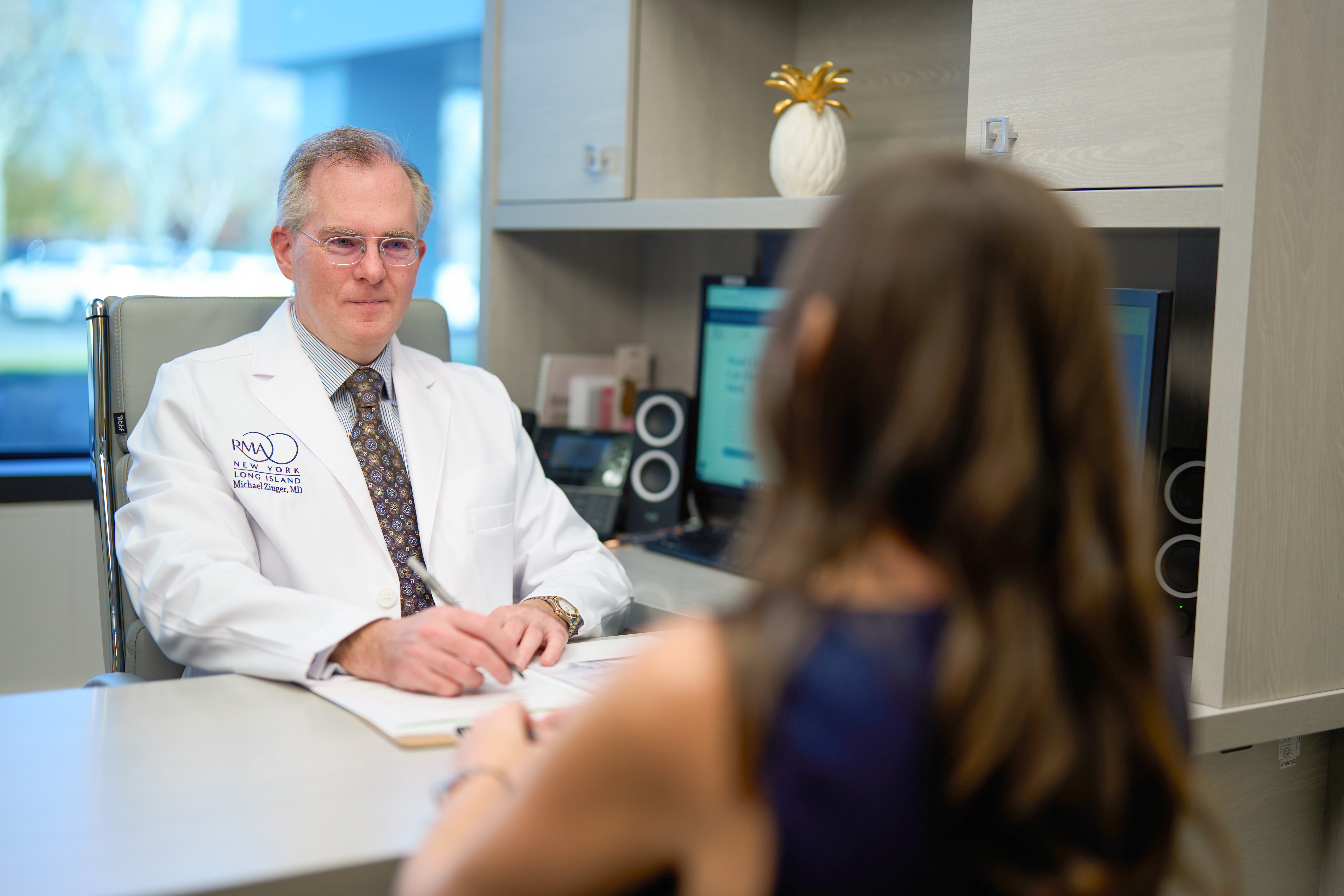Age and Fertility: Conception After 40

As a result of improvements in fertility treatments and assisted reproductive technology, more women over 40 can achieve their dream of becoming a parent. While women often face more challenges to their fertility as they age, procedures such as in vitro fertilization (IVF) and Preimplantation genetic testing (PGT) can address these age-related challenges.
As a woman ages, not only does her quantity of eggs steadily decrease, but the likelihood of each individual egg having the capability to produce a normal pregnancy also decreases. As a woman ages, the quality of her egg decreases which can result in an abnormal pregnancy. These conceptions naturally resolve before they can be detected and may not last long enough to even delay the next menses. Thus, the per cycle chance of becoming pregnant decreases significantly with age. Less often, these abnormalities can generate a pregnancy that becomes an early loss, so miscarriages can also become more common with age. This decrease in quality typically starts in the mid to late 30s and accelerates in the early 40s, making it more challenging to conceive as women mature.
While we are unable to slow or even prevent the natural rate of egg loss, social and environmental factors, such as smoking, radiation exposure, and chemotherapy are known to accelerate this loss. Much research has been done over the decades to elucidate mechanisms to reverse or even slow down the loss of egg supply and decrease in quality. Unfortunately, most of these have proven ineffective. Further research is needed to evaluate whether supplements, most notably CoQ-10, can show a modest benefit.
Without a proven way to improve the odds of any one egg working, traditional fertility therapy relies on a numbers approach to improve the odds. Hormone supplementation is used to recruit more of the eggs that do become available in a given cycle, allowing many of those eggs that would otherwise have degenerated to also develop. Thus, rather than one egg with a low chance, there are multiple eggs that develop and can be fertilized.
With the most advanced treatments, this approach can be paired with PGT to maximize the chances of a normal pregnancy resulting from an embryo that is placed in the uterus. After the eggs are recruited and matured with hormones, they are collected and fertilized with sperm to create embryos. The embryos can then be tested to determine if they came from a normal egg. Thus, even if, for example, only one in twenty eggs can result in a normal embryo, we can identify that one embryo and place it in the uterus with more confidence in its ability to achieve a successful pregnancy. If multiple normal embryos can be identified, then one can be used to create a pregnancy now using single embryo transfer (SET) and the others saved for future pregnancies. Thus, even if the egg supply is exhausted and woman is over 40, she could still become pregnant with a normal embryo.
If you are thinking of starting or expanding your family, speaking with a reproductive endocrinologist and fertility specialist is a good first step. Together, you can create a treatment plan that meets your goals and addresses any age-related challenges you may face in your fertility journey.
To make an appointment, email info@rmaliivf.com
